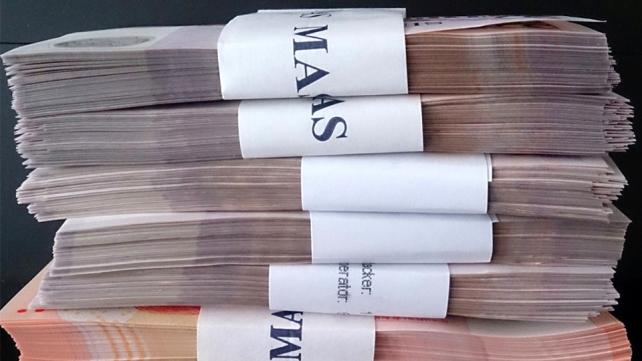
How much money is printed each day? The beginning of an establishment for the engraving and printing of U.S. currency can be traced as far back as August 29, 1862. Learn more interesting facts about money in the U.S. here.
* The Bureau of Engraving and Printing produces 38 million notes a day with a face value of approximately $541 million.
* 95% of the notes printed each year are used to replace notes already in circulation. 48% of the notes printed are $1 notes.
* The U.S. Department of the Treasury first issued paper currency of the United States in 1862 as a result of a shortage of coins and the need to finance the Civil War.
* During the Civil War period, the Bureau of Engraving and Printing was called upon to print paper notes in denominations of 5 cents, 1 cents, 25 cents, and 50 cents. The reason for this is that people hoarded coins because of their intrinsic value which created a drastic shortage of circulating coins.
* In 1929, the size of currency was reduced to about 2/3's of its former size when production was converted to 12-subject plates. The familiar portraits and back designs of our currency were also established at that time.
* A stack of currency one mile high would contain over 141&Mac218;2 million notes.
* The approximate weight of a currency note is .032 troy ounces (12 ounces to a pound.) There are 490 notes in a pound.
* If you had 10 billion $1 notes and spent one every second of every day, it would require 317 years for you to go broke.
* Currency paper is composed of 25% linen and 75% cotton. Red and blue synthetic fibers of various lengths are distributed evenly throughout the paper. Prior to World War I the fibers were made of silk.
* Have you ever wondered how many times you could fold a piece of currency before it would tear? About 4,000 double folds (first forward and then backwards) are required before a note will tear.
* The following information regarding the average life of a Federal Reserve Note was provided by the Federal Reserve System - please note that the life of a note depends on its denomination:
$ 1 ...............18 months
$ 5 ................ 2 Years
$ 10................ 3 Years
$ 20 .............. 4 Years
$ 50 ............... 9 Years
$100 ...............9 Years
* Our present sized currency measures 2.61 inches wide by 6.14 inches long, and the thickness is .0043 inches. If each currency note printed was laid end to end, they would stretch around the earth's equator approximately 24 times. Larger sized notes in circulation before 1919 measured 3.125 inches by 7.4218 inches.
* The 100 dollar note has been the largest denomination of currency in circulation since 1969.
* The obverse and reverse of the Great Seal of the United States appeared in a currency design for the first time when the $1 Silver Certificate. Series 1935, was issued. The Seal dates back to 1782 -- before the Constitution.
* The legend, "In God We Trust," became a part of the design of United States currency in 1957 and has appeared on all currency since 1963.
* The largest note ever printed by the Bureau of Engraving and Printing was the $100,000 Gold Certificate, Series 1934. These notes were printed from December 18, 1934 through January 9, 1935 and were issued by the Treasurer of the United States to Federal Reserve Banks only against an equal amount of gold bullion held by the Treasury. These notes were used for transactions between FRBs and were not circulated among the general public.
* The origin of the "$" sign has been variously accounted for, however, the most widely accepted explanation is that the symbol is the result of evolution, independently in different places, of the Mexican or Spanish "P's" for pesos, or piastres, or pieces of eight. The theory, derived from a study of old manuscripts, is that the "S" gradually came to be written over the "P," developing a close equivalent of the "$" mark. It was widely used before the adoption of the United States dollar in 1785.
* Contrary to popular belief, the automobile pictured on the back of the $10 note is not a Model "T" Ford. It is merely a creation of the designer of the bill.
* The hands of the clock in the steeple of Independence Hall on the reverse of the $100 Federal Reserve Note are set at approximately 4:10.
* Martha Washington is the only woman whose portrait has appeared on a U.S. currency note. It appeared on the face of the $1 Silver Certificate of 1886 and 1891, and the back of the $1 Silver Certificate of 1896.
* The beginning of an establishment for the engraving and printing of U.S. currency can be traced as far back as August 29, 1862, to a single room in the basement of the Main Treasury Building where two men and four women separated and sealed by hand $1 and $2 U.S. notes which had been printed by private bank note companies. Today there are approximately 2,800 employees who work out of two buildings in Washington, D.C. and a facility in Fort Worth, Texas.
* During Fiscal Year 1995, it cost approximately 4 cents per note to produce 9.7 billion U.S. paper currency notes.
Photo Attribution: http://commons.wikimedia.org/wiki/File:Dollar_bills.jpg

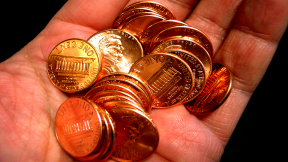

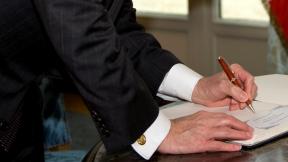
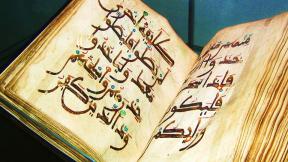
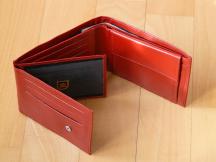


Comments
because i saw these facts were natural and only on abroad countries not on indian notes ! they were but okay fine not soo bad!
Location
Thank you sooo much it help me sooo much wiht my subject task !!!
Location
some other website has the same sentences and answers as you, i think they coppied you
Location
thx! i have a social studies assinment on the bureau, you just gave me all the answers!!!
Location
your website is probably better than the "good" rateing i gave it. i was just disappointed that i could not find the answer to a question about us paper currency. does the ink used to print us paper currency contain a germicide?
Location
Add new comment